This website uses a variety of cookies, which you consent to if you continue to use this site. You can read our Privacy Policy for
details about how these cookies are used, and to grant or withdraw your consent for certain types of cookies.
Blog
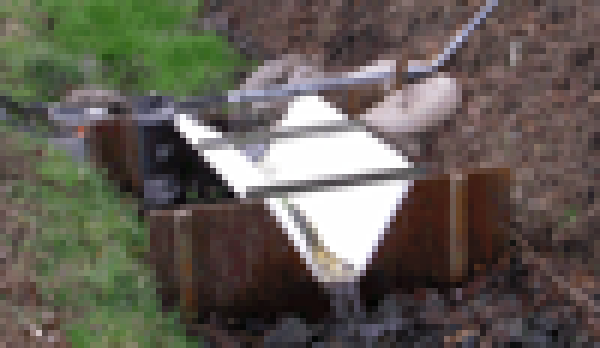
Measuring Ditch Runoff with Trapezoidal Flumes
Salt and pepper. Peanut butter and jelly. Trapezoidal flumes and flow measurement in ditches. What do they have in common? They each go great together! Originally developed to measure flow in irrigation channels, the Trapezoidal flume has become the flume…
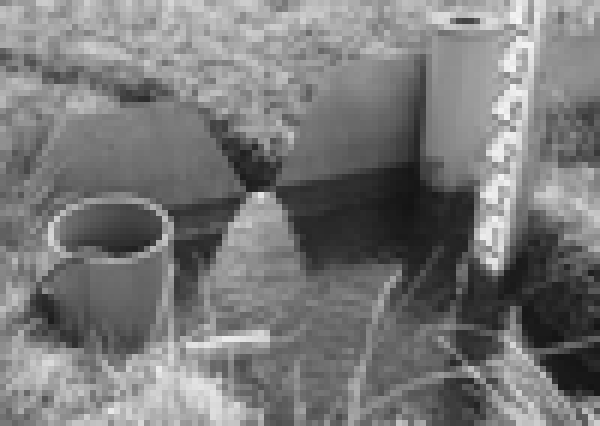
Reading the Level in a Weir
A common problem we encounter in talking to customers about using weirs is lack of understanding of where the correct point of measurement is. Unlike a flume, where the point of measurement is integral or fixed in the structure, for a weir, the point of measurement is upstream of…
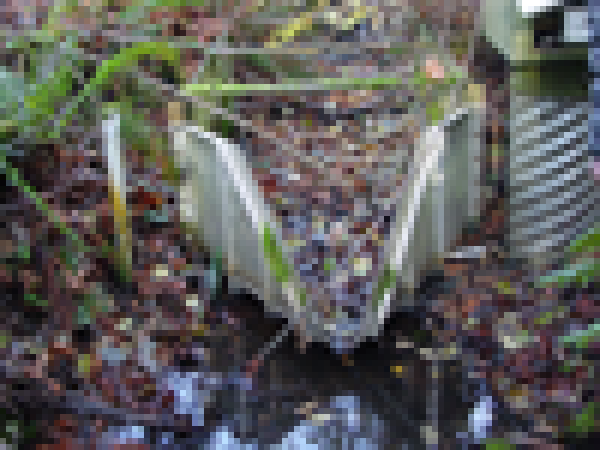
Vegetative Debris and Flumes
Monitoring surface waters presents a unique set of problems not encountered when measuring sanitary or industrial discharges. Chief among these is vegetative matter and the need for flume maintenance. Even flumes that pass solids and debris well can experience flow channelization…

Grades of Stainless Steel for Flumes and Weirs
In selecting a material of construction for a flume or a weir, it is not uncommon for the decision to be made “go with stainless” without a consideration of the grade of stainless that best fits the application. Both T-304 and T-316 stainless steels are…
Stainless Steel Flumes for Flow Measurement
Stainless steel flumes offer the ultimate in abrasion and chemical resistance when measuring open channel flows. While other materials of construction can provide some of these benefits, they either do so only partially (e.g. PVC for chemical resistance but not abrasion) or…

Fiberglass Packaged Metering Manholes
Fiberglass packaged metering manholes are an innovative solution to the problem of needing to measure piped flow below grade. Packaged metering manholes factory integrate a flow element (usually a flume, but weirs and magnetic flow meters can also be integrated) directly into a…
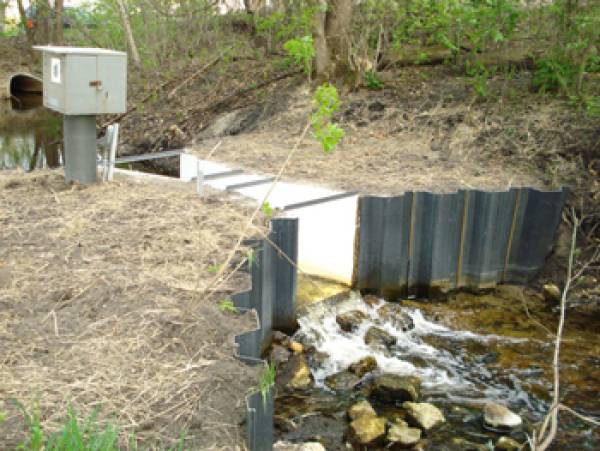
Wall Materials for Diverting Flow into Flumes
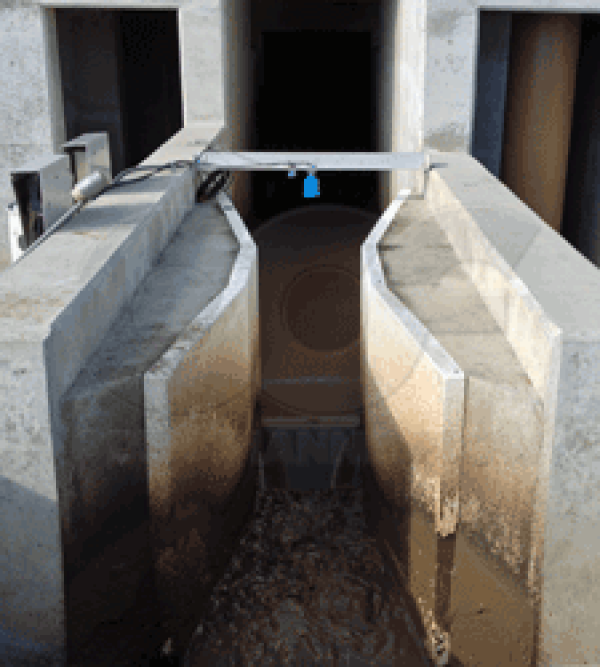
Fiberglass Parshall Flumes at Wastewater Plants
Fiberglass Parshall flumes are the standard for measuring influent and effluent flows at wastewater treatment plants (WWTPs) in North America. Widely used in surface water / irrigation applications, the Parshall flume adapts well to sanitary applications while fiberglass…
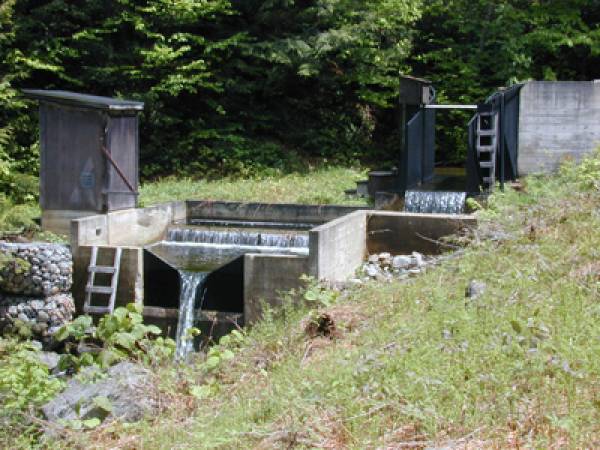
Effects of Crest Rounding on Sharp-Crested Weirs
Investigations by researchers have shown that in sharp-crested weirs even very slight rounding or dulling of the square upstream edge of the weir crest has a measureable effect on discharge. The effect of weir crest rounding on discharge is most evident on well rounded weirs with…
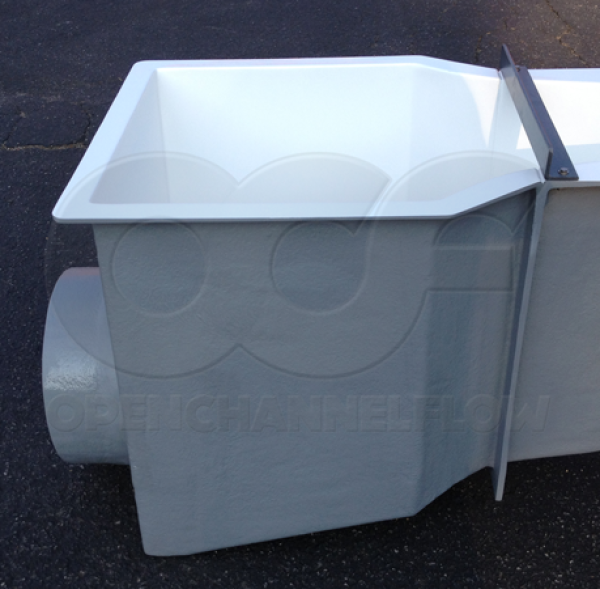
New Parshall Flume Inlet End Adapters
The traditional method of connecting Parshall flumes to piping has been through the use of end adapters. Unfortunately, industry-wide the end adapters currently offered by Parshall flume manufacutrers take a number of short cuts in bringing flow into their Parshall flumes.…
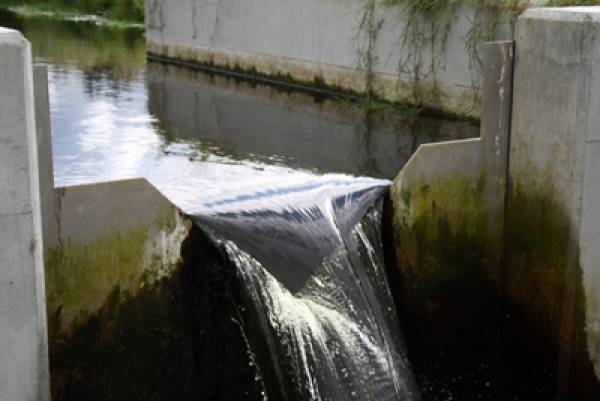
Correcting for Submergence in Thin-Plate Weirs
To accurate measure flow, thin-plate weirs are intended to operate under free-flow conditions with the nappe freely spilling over the weir’s crest. However, there may be occasions when a weir becomes submerged – either through changes or mismanagement of the…
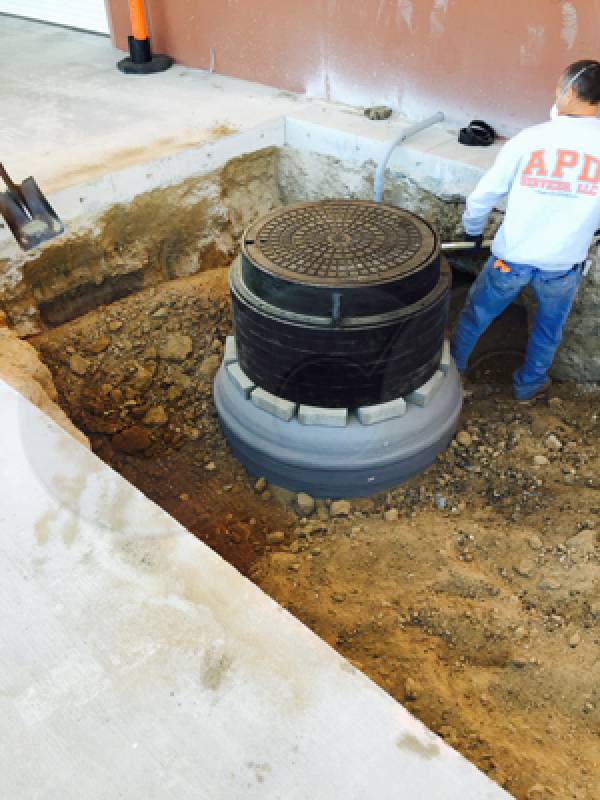
Fiberglass vs Precast Manholes
For years precast concrete manholes have been the default choice in sanitary and storm water applications. Over the years, though, packaged fiberglass manholes have begun to displace concrete manholes for a number of reasons. Fiberglass manholes are: Light weight (1/10th…

LOCATIONS IN ATLANTA, GA & BOISE, ID

